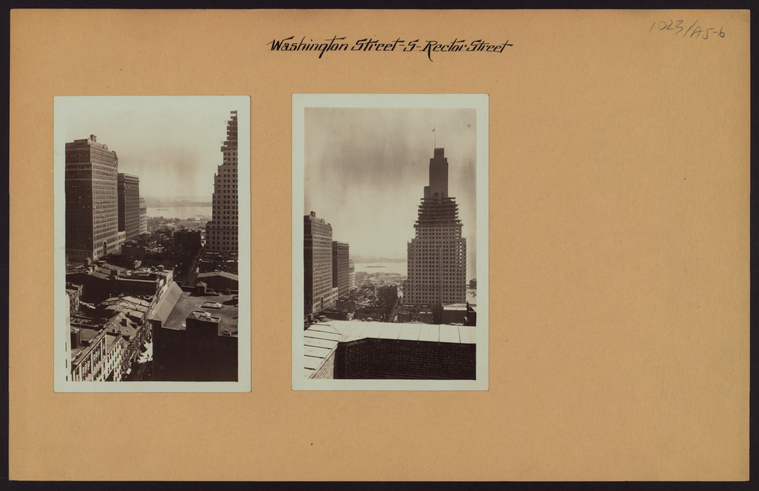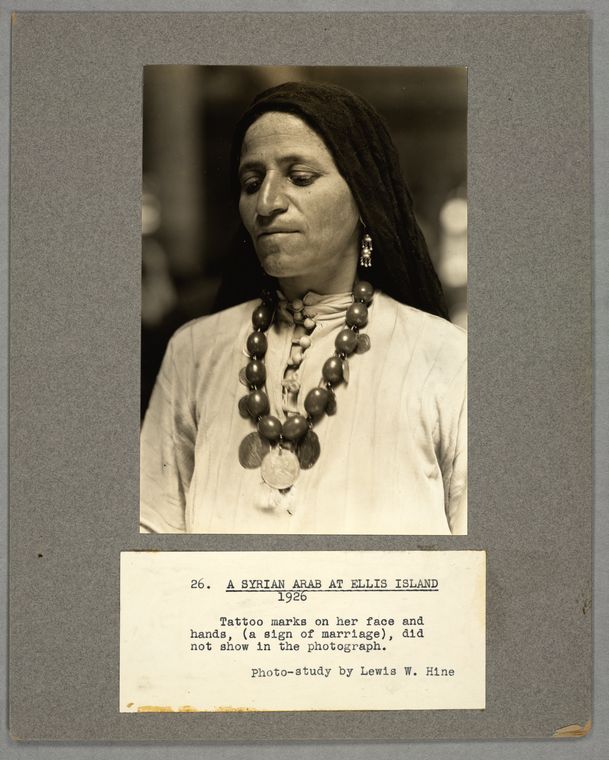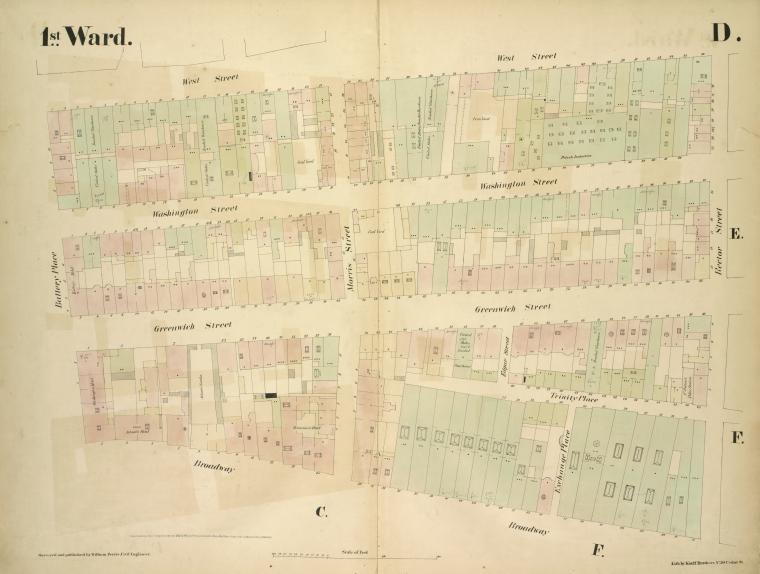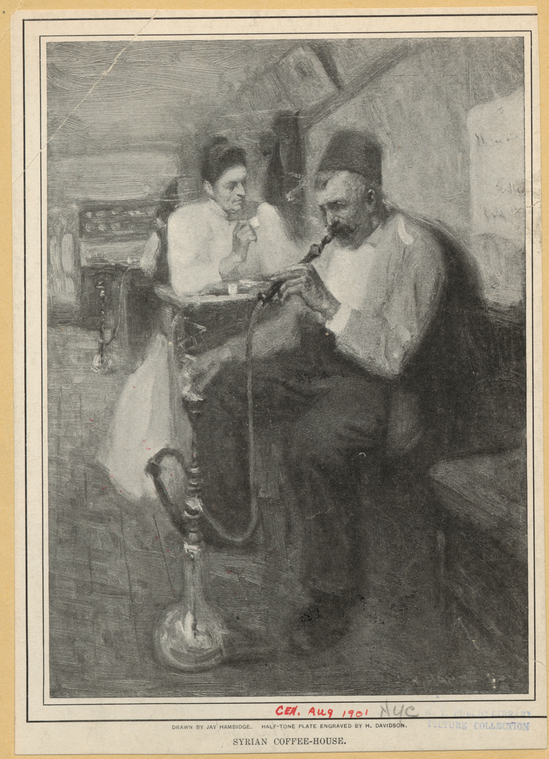NYC Neighborhoods
Remembering Manhattan's Little Syria
Centered on Washington Street and Rector Street on the west side of Lower Manhattan, was once a neighborhood known as Little Syria. Located near the now-gone Washington Market and just south of the current location of the World Trade Center, it was a vibrant neighborhood characterized by store signs in Arabic, men and women in cultural clothing including veils and fezzes, and food such as Baklava in the cafes.

Little Syria was a cultural hub of New York’s first middle eastern community. It was the home of Kahlil Gibran and Ameen Rihani and their Arab-American circle of educators and intellectuals. It was the neighborhood in which the linotype machine was converted to Arabic characters, a device which would revolutionize Arabic-language journalism throughout the world: the first Arabic language newspapers in North America are printed in New York, beginning with Kawkab America in 1892.
The neighborhood was diverse, populated by many different nationalities. Its name derived from Arabs arriving from Ottoman controlled Greater Syria (covering what is now Syria, Lebanon, Palestine, Israel, and Jordan) in the Great Migration (1880-1924), in which approximately 95,000 Arabs relocated to the United States. By 1924, when immigration was greatly restricted after World War I, there were approximately 200,000 Arabs living in the United States, and many of these immigrants made their homes in New York, Boston, Detroit, Chicago, and Cleveland. Several scholars refer to New York as the “Mother Colony,” where the city served as the hub of the Syrian community for several decades. Sarah Gualtieri wrote in Between Arab and White: Race and Ethnicity in the Early Syrian American Diaspora “The Syrian colony in New York generated the earliest American representations of a Middle Eastern immigrant community.”

Arab-American shops in New York tended to specialize in textiles, household items, and groceries. Many of the early Syrian-Americans began as peddlers and quickly accumulated enough capital to establish their own businesses -- over 300 Syrian businesses were listed in the 1908 Syrian Business Directory of New York. Syrian New Yorkers established many community organizations including the Syrian Ladies Aid Society, the Damascus Masonic Lodge, the Aleppo Social Club and the Syrian Young Men’s Association. Between 1890 and 1940, the New York Syrian community published over 50 Arabic language periodicals including Al-Hoda, as well as publications focused on the Syrian community and Syrians abroad such as Syrian-American commercial magazine, and the Syrian World.
In many ways, the disappearance of Little Syria is a testament to the success of its former inhabitants: They moved on to other areas, opened businesses in new places, or no longer felt contained to this ethnic enclave. Changes in the city also physically eradicated the old neighborhood. In 1940, Little Syria’s remaining residents were displaced by the construction of the Brooklyn-Battery Tunnel. By this point, the Arab-American community in New York City was largely based in Brooklyn along Atlantic Avenue from Court Street to the East River, in the Brooklyn Heights / Cobble Hill area, as well as in Bay Ridge and Park Slope. The Washington Street Historical Society currently works to memorialize Little Syria in Manhattan, and its few remaining buildings: St. George’s Syrian Catholic Church, the Downtown Community House and the tenement at 109 Washington Street.
New waves of Syrian, Lebanese, and other Arab immigrants would begin arriving after World War I era quotas were lifted following the 1965 Immigration and Nationality Act.
Sources for this article:
- The Arab Americans: A History by Gregory Orfalea.
- Arab American Encyclopedia Arab Community Center for Economic and Social Services (ACCESS); Anan Ameri and Dawn Ramey, editors.
- Arab American National Museum
- Between Arab and White: Race and Ethnicity in the Early Syrian American Diaspora by Sarah M.A. Gualtieri.
- "A Community of Many Worlds: Arab Americans in New York City" Museum of the City of New York; edited by Kathleen Benson and Philip M. Kayal.
- BBC: "Preserving New York’s Little Syria"
- The Encyclopedia of New York City edited by Kenneth T. Jackson.
Read E-Books with SimplyE
 With your library card, it's easier than ever to choose from more than 300,000 e-books on SimplyE, The New York Public Library's free e-reader app. Gain access to digital resources for all ages, including e-books, audiobooks, databases, and more.
With your library card, it's easier than ever to choose from more than 300,000 e-books on SimplyE, The New York Public Library's free e-reader app. Gain access to digital resources for all ages, including e-books, audiobooks, databases, and more.
If you don’t have an NYPL library card, New York State residents can apply for a digital card online or through SimplyE (available on the App Store or Google Play).
Need more help? Read our guide to using SimplyE.



Comments
Little Syria
Submitted by Linda Jacobs (not verified) on January 27, 2016 - 5:44pm